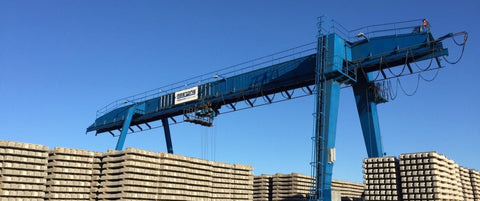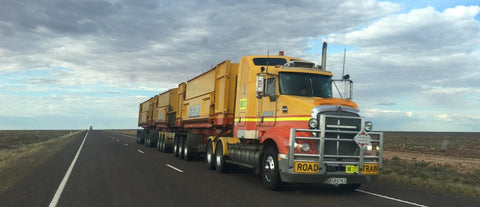A traverse is a crane used to lift and move heavy loads horizontally within a confined area, usually in industrial settings such as workshops, warehouses and factories. It consists of a bridge that runs along two parallel tracks and a hoist that can move along the bridge.
What is a traverse?
A traverse is a type of crane designed to make material handling more efficient and increase workplace safety. It enables precise positioning of loads and reduces the need for manual labor during heavy lifting. Travers are available in different designs, including single beam and double beam traverses, adapted to specific lifting needs and working environments.
How does a traverse work?
A traverse works by combining three movements:
-
Longitudinal movement: The bridge moves along the parallel tracks, allowing the longitudinal movement of the load.
-
Transverse movement: The lifting device, often called a telpher, moves sideways along the bridge, allowing lateral positioning.
-
Vertical movement: The hoist lifts or lowers the load, allowing height adjustment.
These movements are usually controlled via a remote control or a control panel, giving the operator full control over the positioning of the load.
To ensure the safe and efficient use of overhead cranes, adequate training is essential. Kunskapkontoret offers an overhead crane training course that covers both theoretical and practical aspects of overhead crane operation. The training aims to provide participants with the necessary knowledge to handle overhead cranes safely, reducing the risk of accidents and increasing the efficiency of material handling.
Investing in overhead crane training at Kunskapskontoret ensures that operators have the skills required to use overhead cranes correctly and efficiently, contributing to a safer working environment and improved productivity.




